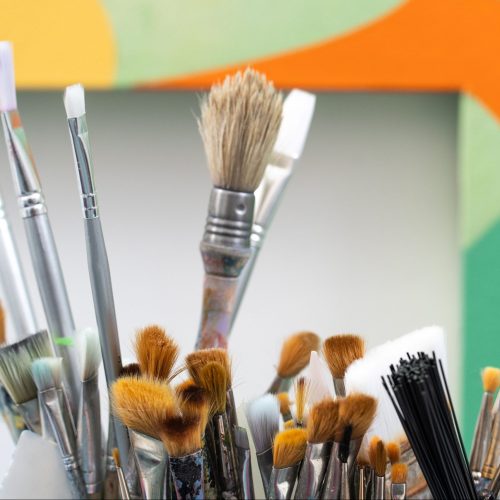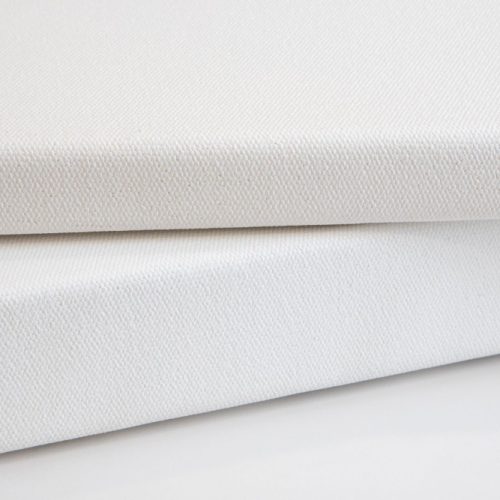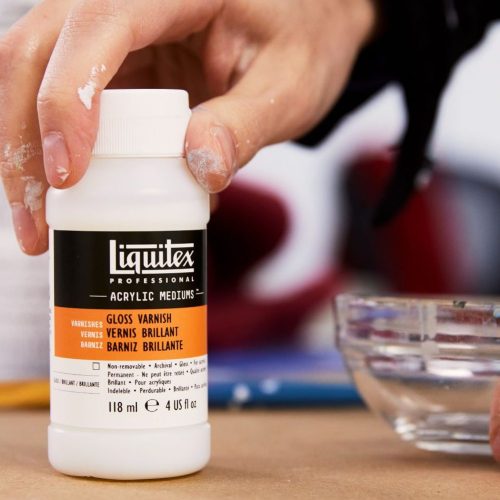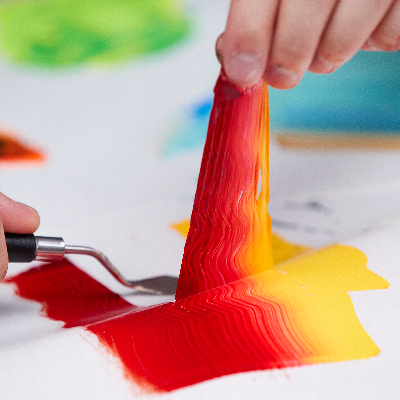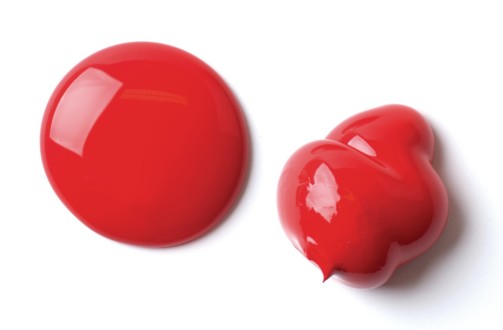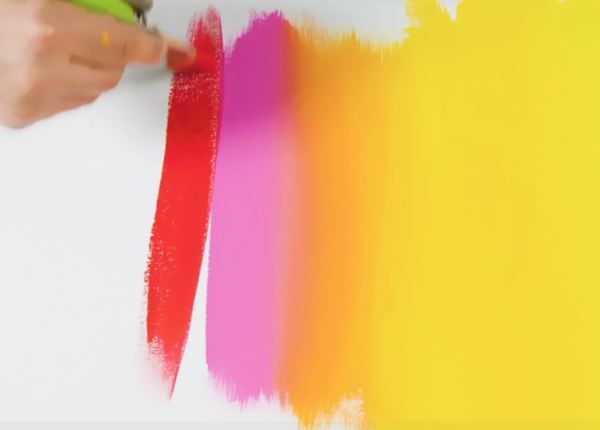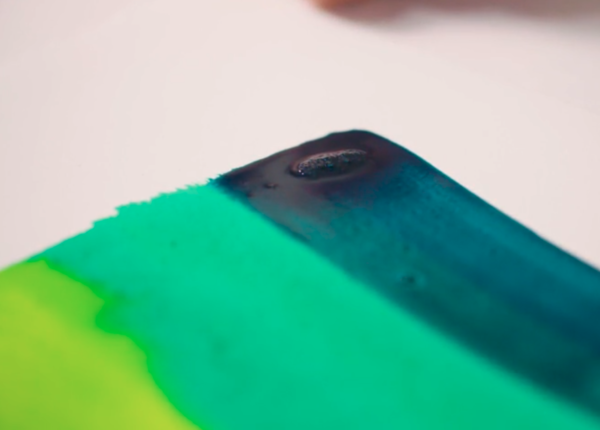Choosing the right
acrylic paint
To choose the right paint for the task you need to consider consistency, format, coverage, color, your style and the technique you want to use.
Consistency
With Liquitex you can opt for four main viscosities of paint that are ready to go - heavy body, fluid, ultra-fluid and a misted fluid (Spray Paint). You can also create exactly the consistency you want with the help of our professional mediums. Adjust, thicken and thin to create a custom viscosity.
- Heavy body - our Professional Heavy Body Acrylic offers you high viscosity, oil-paint thickness, is squeezed from a tube, holds marks and can be applied with a knife or brush
- Fluid - you have a choice of Professional Soft Body Acrylic, Acrylic Gouache and Acrylic Marker or Basics Acrylic Fluid. Soft Body, Acrylic Gouache and Basics Acrylic Fluid come in a bottle and are designed to be applied with a brush or sponge. These are flowing, mid and low viscosity formulas which are versatile and can be used for fine detail or large area coverage. Acrylic Marker contains fluid color which can be manipulated in a different way, using a choice of nib widths
- Ultra-fluid - Acrylic Ink is our lowest viscosity, most fluid paint - with a water-like consistency. It comes with a pipette-style dropper for easy application and is self-leveling. Perfect for blotting, washes, watercolor and staining
- Misted fluid - our professional Spray Paint gives you a fine mist of fluid, pigmented color that is acrylic compatible and uses water-based technology
What’s the difference between Heavy and Soft Body?
We're often asked this. If you thought Soft Body was just a watered down Heavy Body, you’d be wrong. This flowing, low viscosity formula was actually created first. The two paints have compatible binders and pack the same high pigment load. But if you thin Heavy Body with water or medium, you reduce concentration and get noticeably weaker colors. Paint feel, performance and stability is also impacted, so choose the right consistency of paint for the task.

Soft vs Heavy Body - see it for yourself
https://content.jwplatform.com/videos/gK01SEsv-7vW1MLVK.mp4
Format
How do you use your paint? Do you like to control it accurately? Do you want to squeeze out the color and apply? Or would you prefer portable markers that you can take out of the studio and use to paint on location? Do you want to hold a can and spray it on? Or decant from a dropper and use in an airbrush? The format you use to apply your color will make a difference to how you interact with your surface. We have purposely created a broad range for you to choose from, each with its own custom formulated acrylic formula...
- Tube/bottle - Heavy Body Acrylic / Soft Body Acrylic / Acrylic Gouache / Basics Acrylic / Basics Acrylic Fluid
- Bottle with pipette dropper - Acrylic Ink
- Marker pen, in a choice of nib widths - Acrylic Marker
- Spray can, with a choice of nozzle sizes - Spray Paint

Coverage
What coverage do you want? Liquitex paints come in three opacity options, dictated by the pigments they contain. You can choose an opaque red - like a cadmium - which gives an intense shot of color that you can't see through, a semi-opaque red or a transparent red which gives you a sheer wash of color that allows the surface underneath to show through. Each has its merits and gives a different effect. Look for the opacity rating on the packaging of your color - it's also listed on our color charts.
Color
To choose and mix colors well you need to understand the properties of the pigments they contain. Each pigment has different characteristics and these influence how it will interact with other pigments. Pigments can be mineral sourced or synthetic. The earliest pigments started life as naturally occuring substances found in the ground, such as umber and sienna. Others were originally derived from natural substances but are now synthetically made. And others have been invented in the lab as the by-product of a chemical reaction! The key things to look at when choosing a color, are pigment type, opacity, lightfastness and strength. Some pigments have a strong tinting strength and will create color mixes that are crisp and bright, while others tend to gray down when mixed. Some pigments will be transparent, others semi-transparent and others completely opaque. Some pigments are stable and can withstand exposure to light without changing. Others will change instantly when exposed to light and this isn't great if you are working on a piece you want to last. Liquitex labeling gives you the pigment codes each color contains, plus details of its opacity and lightfastness.

Technique
How are you intending to use your paint? Want to do a spin painting? Or make a mixed media collage? Your style and technique will dictate the paint you choose. You want a water-thin color if you are setting out to airbrush for example - in this case, you'd go for Acrylic Ink or a thinned Soft Body. If you want to do an oil-style impasto piece, you need a thicker color such as Heavy Body Acrylic. And you can adjust your paint to behave differently with mediums and additives. So take a think about how you want to use your color and then see what fits the bill - you can sculpt and shape your color if you mix it with Modeling Paste for example.


